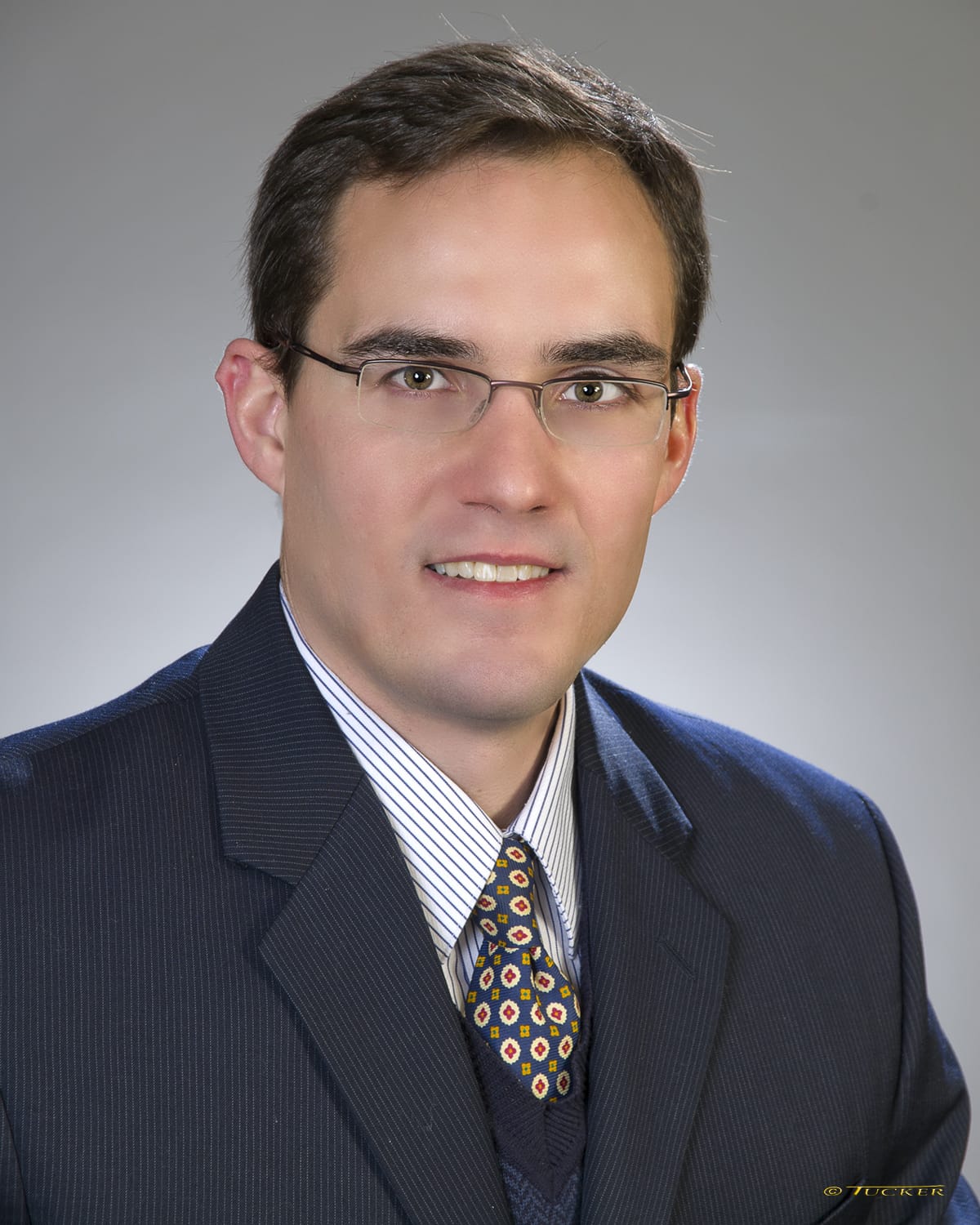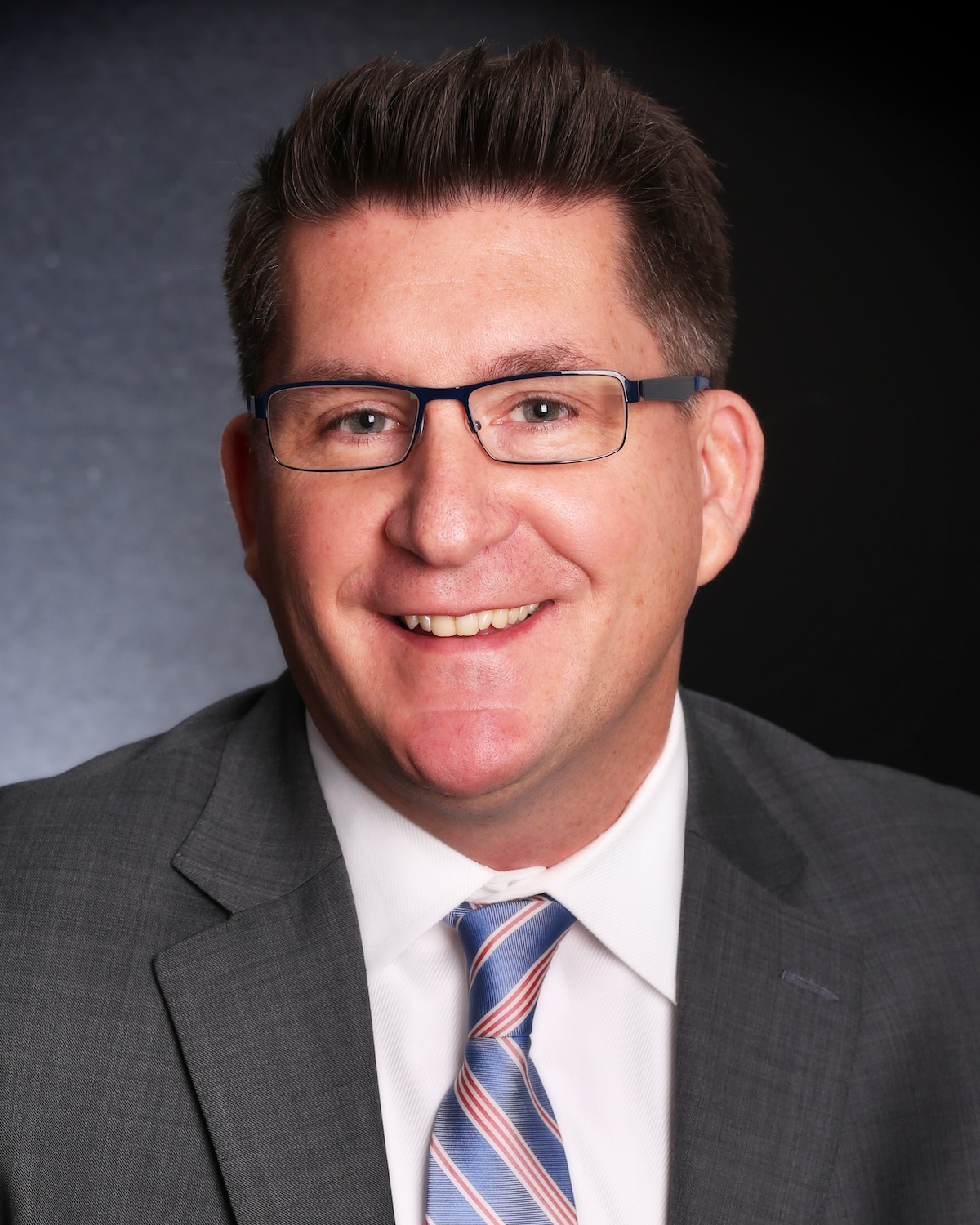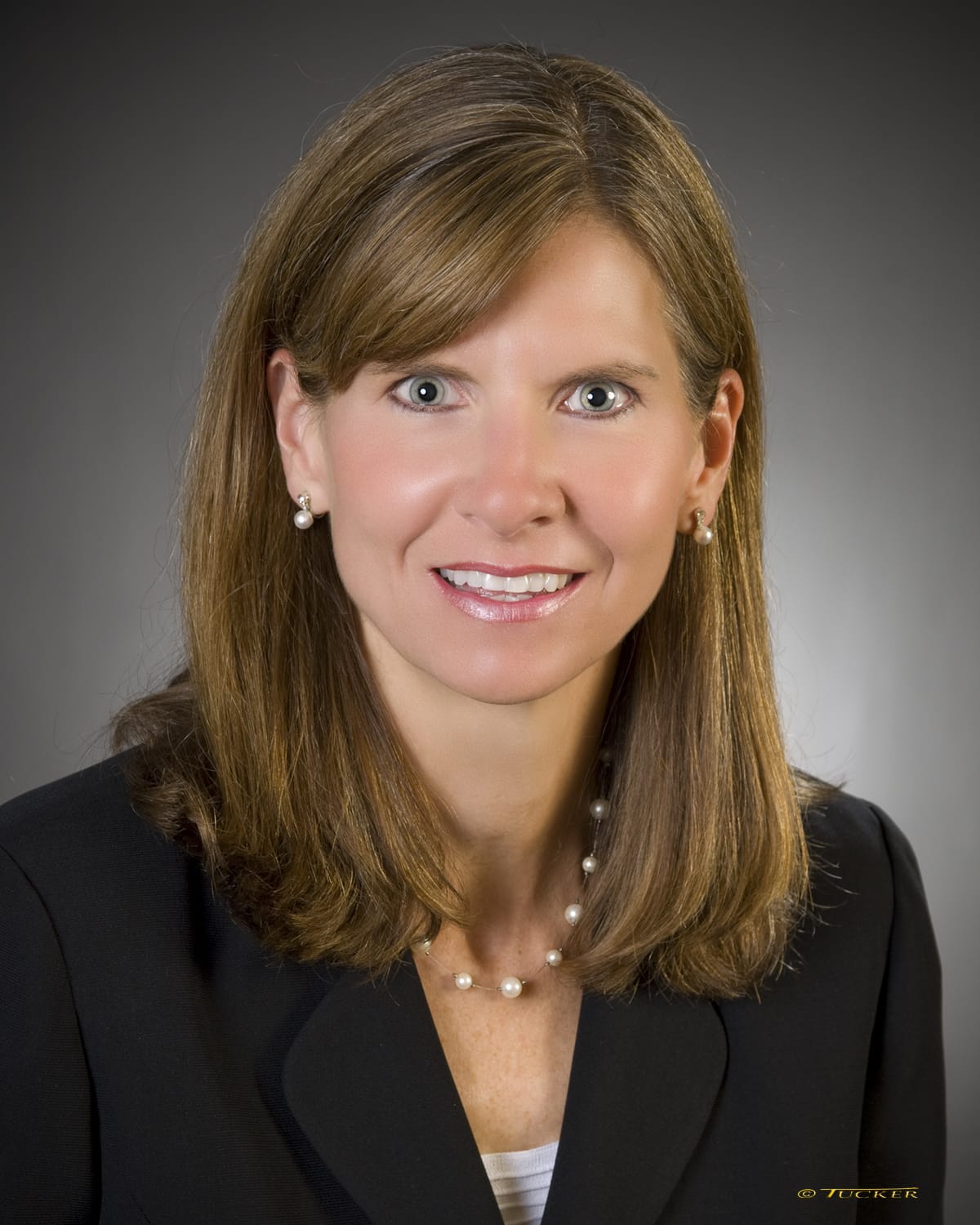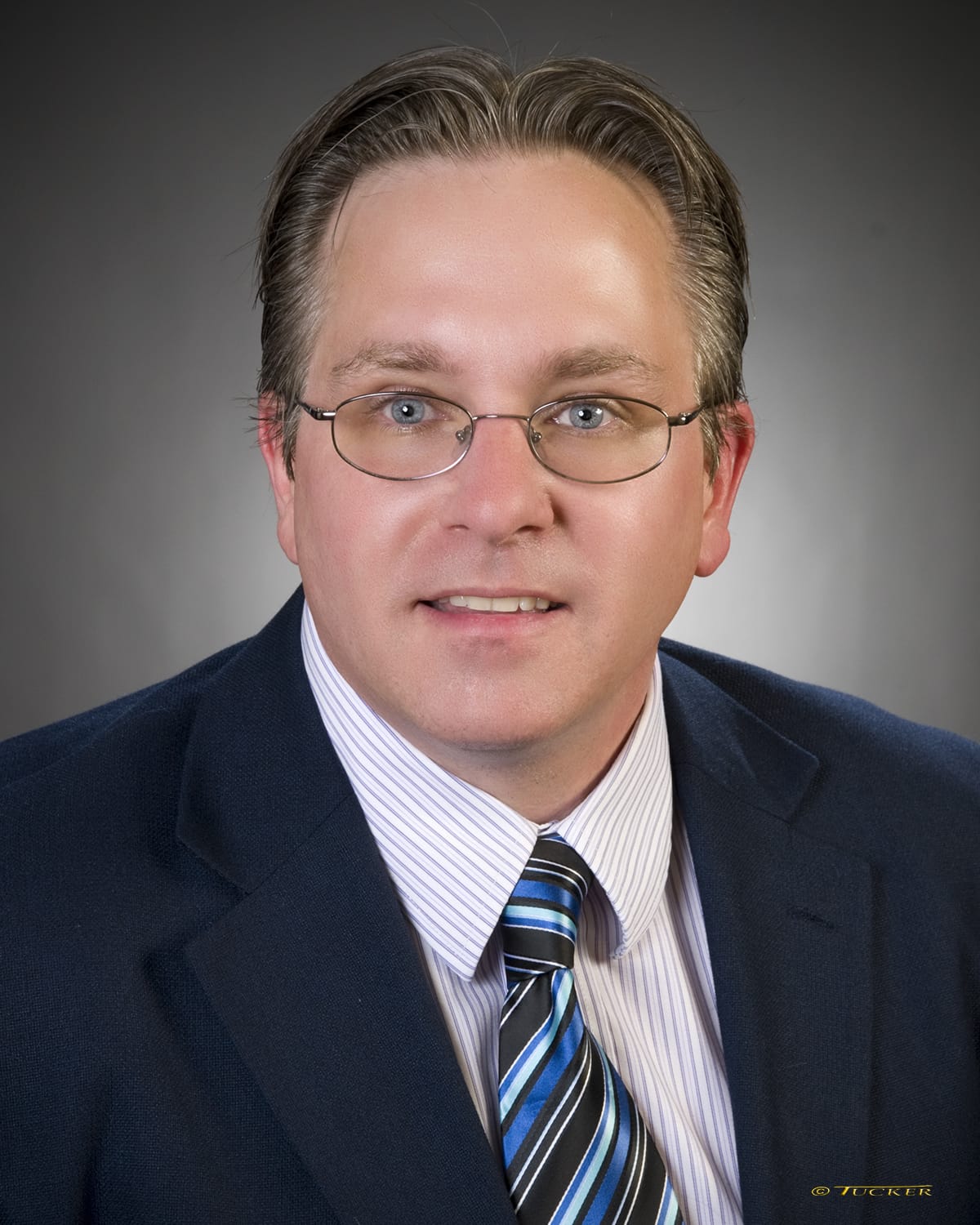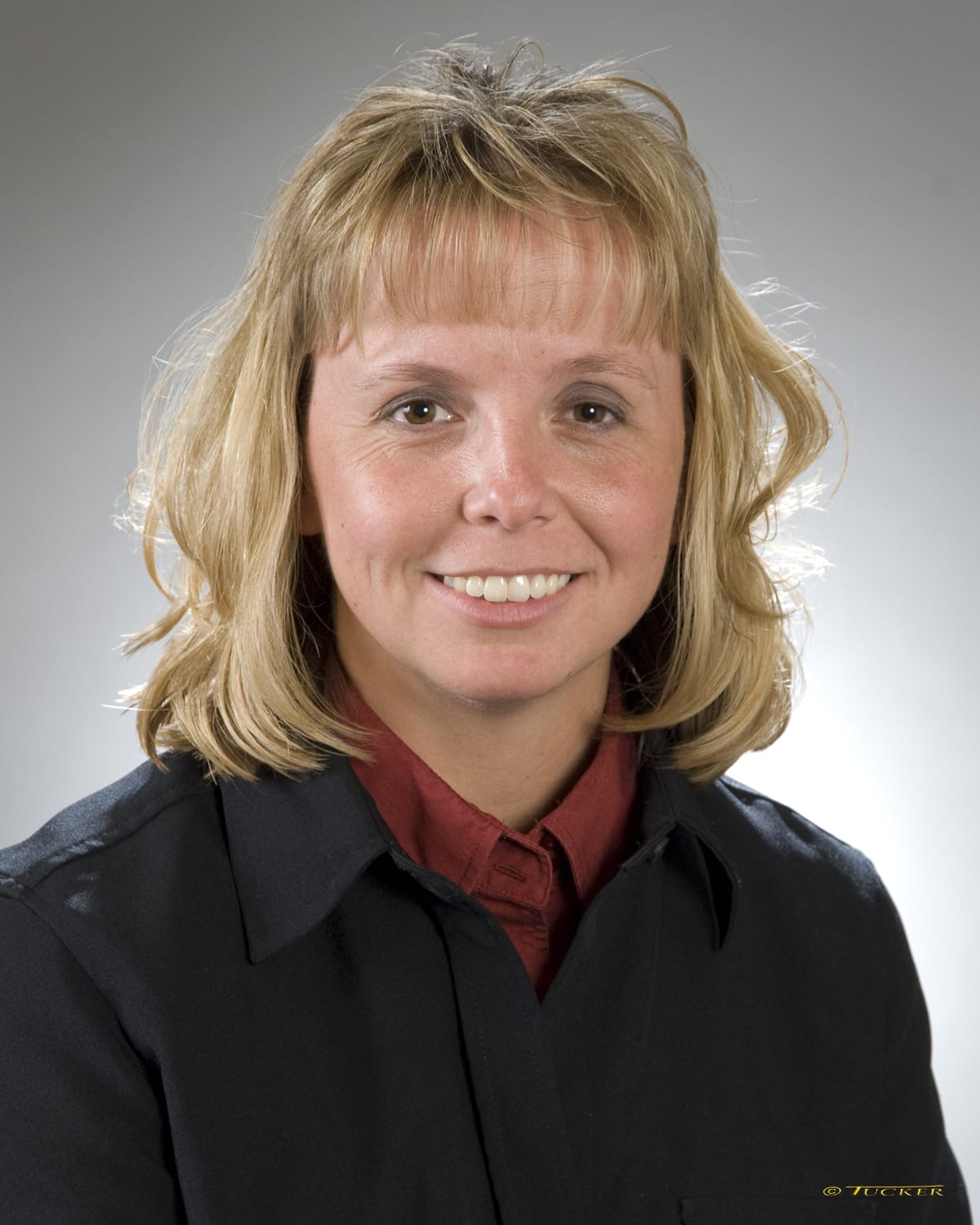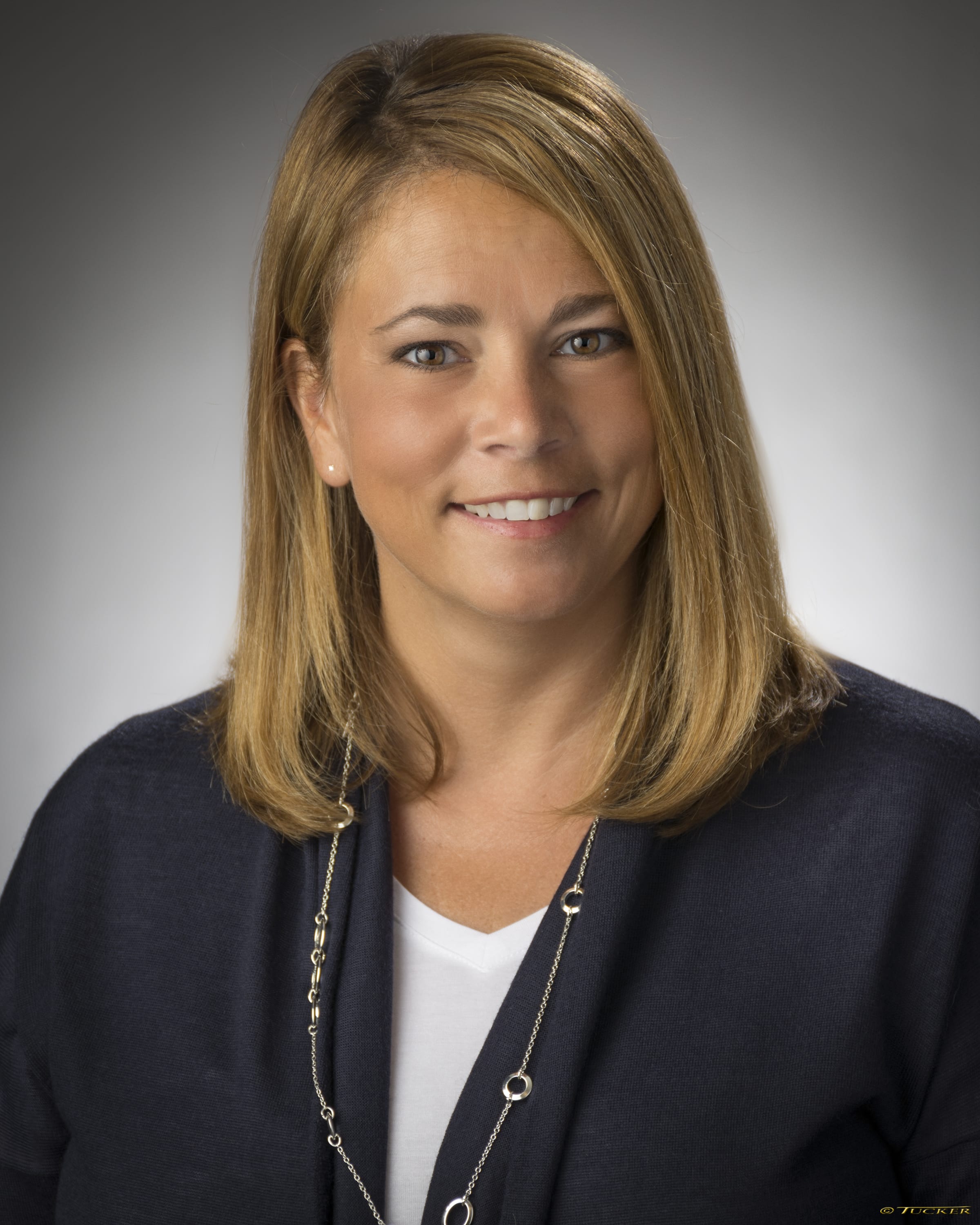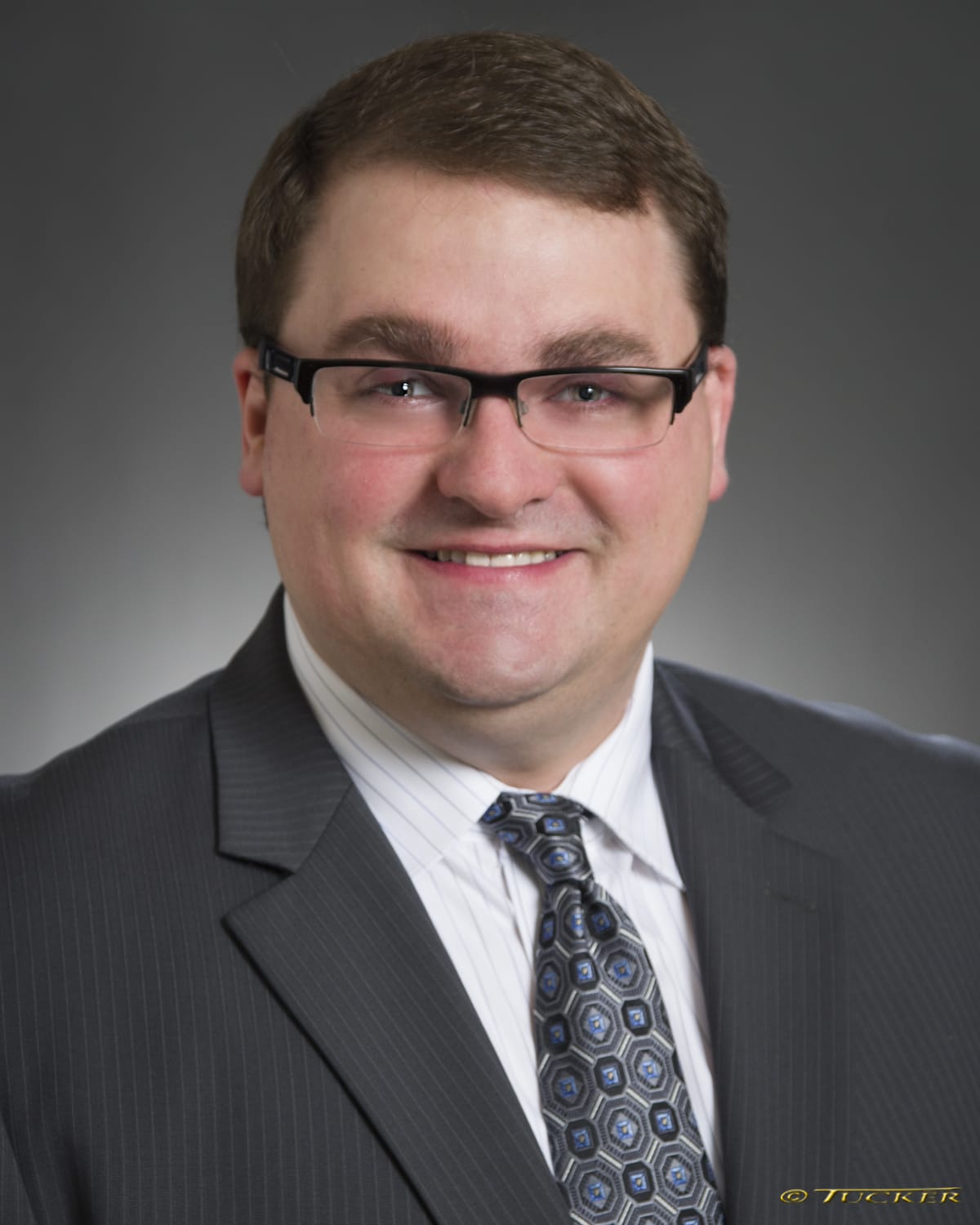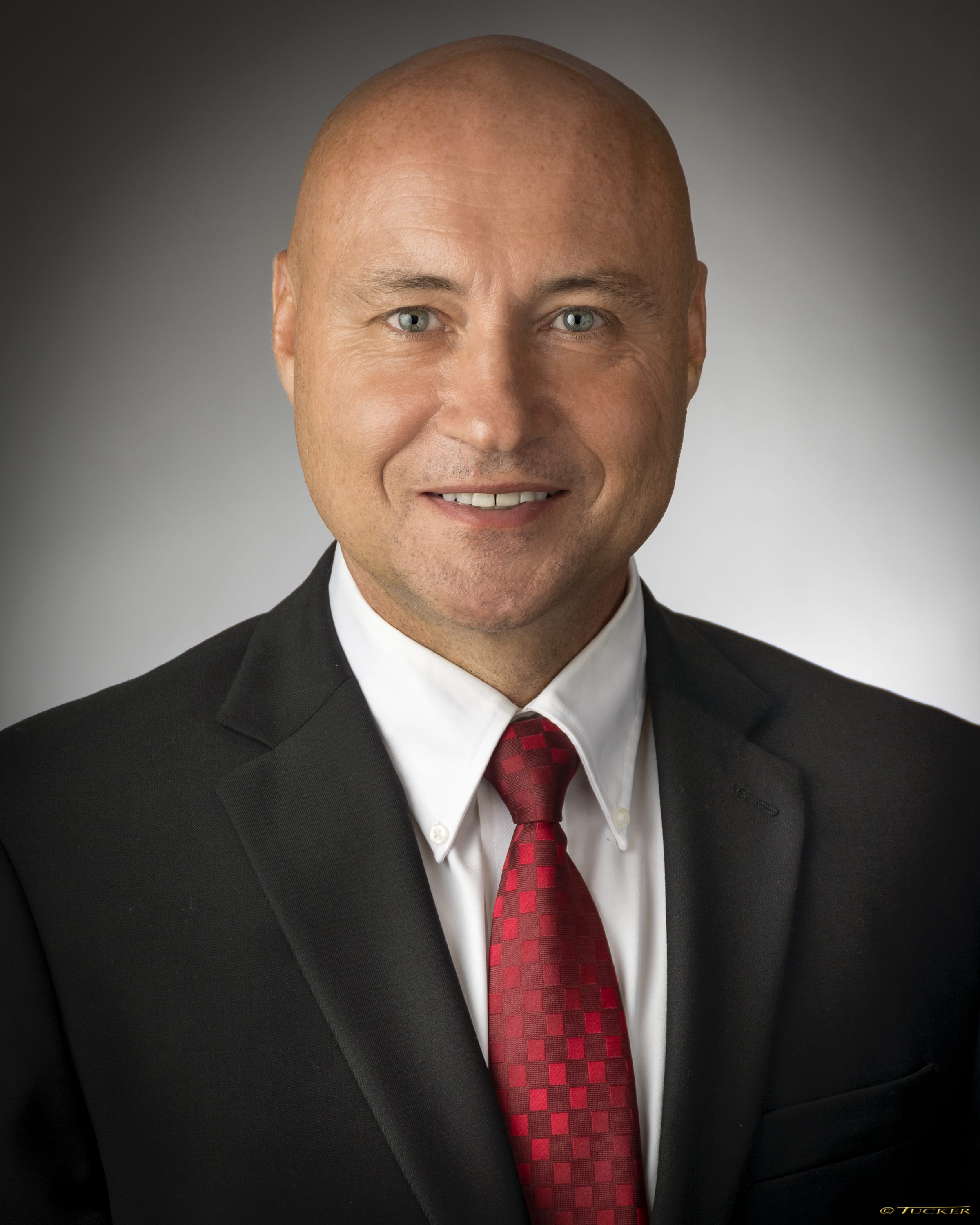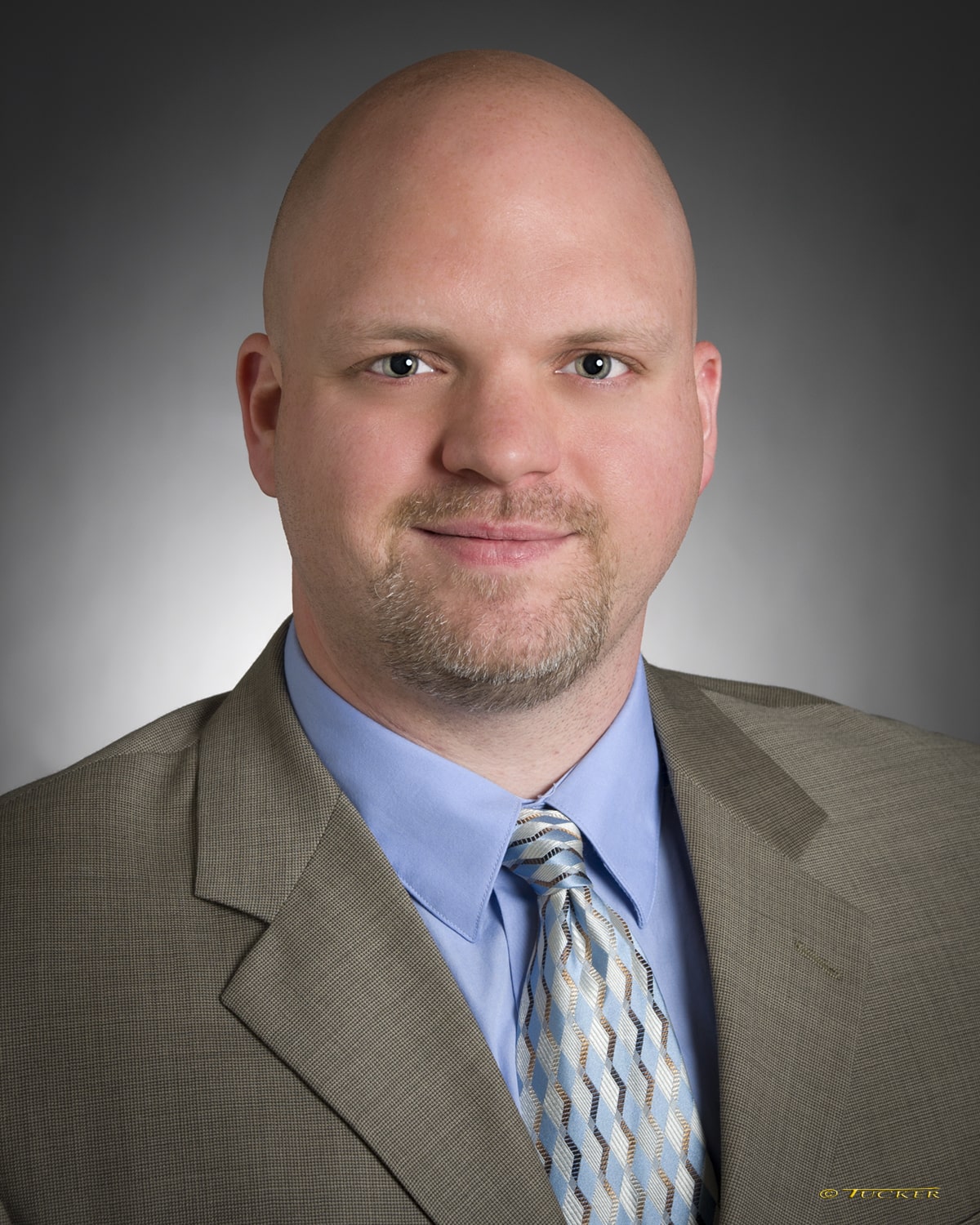Setting the Tone
Editorial
February 15, 2016
Field Services Companies Must Embrace the Coming Evolution in 2016
The mortgage servicing industry is at an interesting crossroads. Still faced with heightened regulations, the industry has shifted its focus to maintaining recovery from the recent housing crisis and evolving its processes to address these new regulations and guidelines. The servicing industry is building stronger relationships and uniform property requirements with investors and communities as another avenue to making the industry stable, including the new investor guidelines being released this year that include suggestions and best practices from servicing and property preservation industry officials.
With this juncture in the housing market, mortgage field services companies also find themselves on the edge of a new era. While much of the scrutiny these past few years has caused those companies to utilize additional time and resources to implement new processes, it also has helped them build better businesses. Through servicing client audits, field servicers were able to find flaws and correct issues. But many went beyond the requirements and also were able to highlight best practices and help make them industry standards.
National field services companies, like Safeguard Properties, have the opportunity in 2016 to set the tone for the evolving servicing industry through investments in new technologies, taking advantage of the collaboration between investors, servicers and communities by implementing preservation standards that mirror neighborhood benchmarks, and by utilizing new investor guidelines set to be released this year that will help them protect and preserve properties at a higher level.
INVESTING IN NEW TECHNOLOGY
Although video has been around for some time, it was not until it was made available on mobile devices that the field services industry really began examining its use in the field. Having the ability to report damages and receive bid approvals in almost real-time provides a more efficient way of mitigating issues and implementing additional quality controls. And although video will never replace photo documentation, it will be utilized to provide more detailed evidence of damages and issues at properties.
Our company has been testing video’s feasibility in the field for some time and will release applications for their inspector and contractor networks to utilize it day-to-day this year. The ultimate goal with video is for inspectors and contractors to be able to utilize it in real-time, like Facetime or Skype, while in the field.
In the meantime, the tests show that video and audio services can be recorded utilizing a mobile device and streamed back to the company. An employee receives an email that the video is ready for viewing and can call the inspector or contractor while still on-site at the property to discuss any issues or damages.
Since the video is streamed from the contractor’s device, storage is not necessary and will not create additional storage costs for them. That video can be sent along to clients for bid approvals and the work can be completed within the same day.
Geo-location technology will continue to serve as a quality control measure for determining the correct property location. Through the use of mobile devices and applications that collect meta data, including the longitude and latitude of where photos are taken, field services providers know if a contractor or inspector is at the correct property and can track that information for each visit.
Geo-location technologies also can be utilized to assign urgent or rush orders quickly to contractors working in the field. If activated on their mobile devices, location services can track contractors who then can be notified if an order pops up in their area. This is done so that not only the field servicers, but also its main vendor businesses, have a complete understanding where people are located for quality control and accuracy. In instances when an escalated or rush order needs completed, field services companies can rely on geo-location services to identify where contractors and their subs are located for more efficient deployment. Those closest to the property get the rush work order.
In addition to collecting longitude and latitude data, field services providers, through the use of mobile devices, also collect millions of points of other property information. For those national companies that service properties in all 50 states across the country, that data is rich with information that can be utilized to predict certain outcomes or behaviors in neighborhoods and communities across the country.
This is called predictive analytics, which aids in explaining a property’s story to investors by identifying neighborhood trends — like how many homes need windows boarded or what is the frequency of vandalism? Knowing this information in advance helps field servicers and their servicing clients determine if services need to be ramped up or altered in any way to fit the neighborhood’s needs.
In setting the tone for 2016, mobile services and devices will remain the king of efficient and accurate property preservation. It seems like a million years ago companies were cleaning off fax machines filled with work orders and receiving multiple delivery trucks a day filled with thousands of printed photos.
In just a few short years, mobile has opened up all of the possibilities outlined above in addition to providing additional layers of quality control. With the click of a few buttons, field services companies can ensure the right person –
one who has a completed background check and correct licensing on file – is at the right location and for the proper amount of time – time stamping shows the time and date captured for each photo submitted.
NEIGHBORHOOD STANDARD
Residents in neighborhoods across the country have been touched in some way by the foreclosure crisis. Median incomes, economics and location do not matter. Every community has felt its devastating effects. But those residents do not know the difference between vacant and abandoned properties in presale and those in REO, or post-sale, status. All they see is what can potentially be an eyesore or blight in their community. That’s why in 2016 it is encouraging to see more uniformity between city regulations and investor and client guidelines. It shows progress and promise that these entities also are raising the property preservation bar in all stages of default.
Because it has been proven that REO properties receive fewer municipal code violations, many servicers have begun the process of ensuring all properties are serviced to fit the neighborhood’s standards in both presale and REO. This includes completing additional services like repairing gutters and power washing the siding and driveway – issues that may have been potential municipal code violations in the past. It also includes mulching and weeding flowerbeds not just for an REO
property, but in pre-sale as well. As those chosen as the boots on the ground, it is the responsibility of field services companies to ensure these properties are reflecting that community standard to continue to eliminate blight across the country.
NEW INVESTOR GUIDELINES
Late last year, several investors released new inspector guidelines, outlining many of the best practices already implemented at field services companies. What is evident in these updated guidelines is that investors are seeking more information on their vacant and abandoned properties and those entering the properties to perform services.
The investors’ request for more information is not only evidence of the heightened scrutiny the mortgage servicing industry will continue to face in 2016, but also an encouraging move that shows an increased interest in protecting these properties. This longer list of oversight helps field services companies sharpen their quality controls as they aim to comply on behalf of their servicing clients.
The highly-anticipated U.S. Department of Housing and Urban Development (HUD) property preservation guidelines will be released this year. There is a lot of speculation surrounding this release, but the hope is that these guidelines mirror best practices, processes and quality controls already established by the field services industry. Again, there is a need for uniformity in things like vacancy definitions and compliance with local codes and ordinances without having to seek additional bids. These ideals will aid in improving conveyance performance by putting in place allowables for common city requirements and ordinances. It maximizes efficiency as approvals are received up-front to comply with ordinances and property issues then can be mitigated quickly.
These guidelines will make a huge impact on the industry in 2016, and it is predicted that they will not only help create more uniformity in property preservation but also a better endproduct for neighborhoods and communities across the country.
The future looks a little brighter for mortgage servicing and its field services partners. This “new normal” in the housing industry is settling in as all parties come to terms with embracing the changes and new regulations. Utilizing new technologies, preserving properties to neighborhood standards and embracing new investor guidelines will have positive impacts on the industry and those businesses that are willing to accept the evolution in 2016.
Source: DS News (Setting the Tone [pdf])


